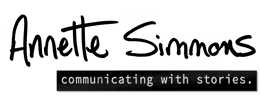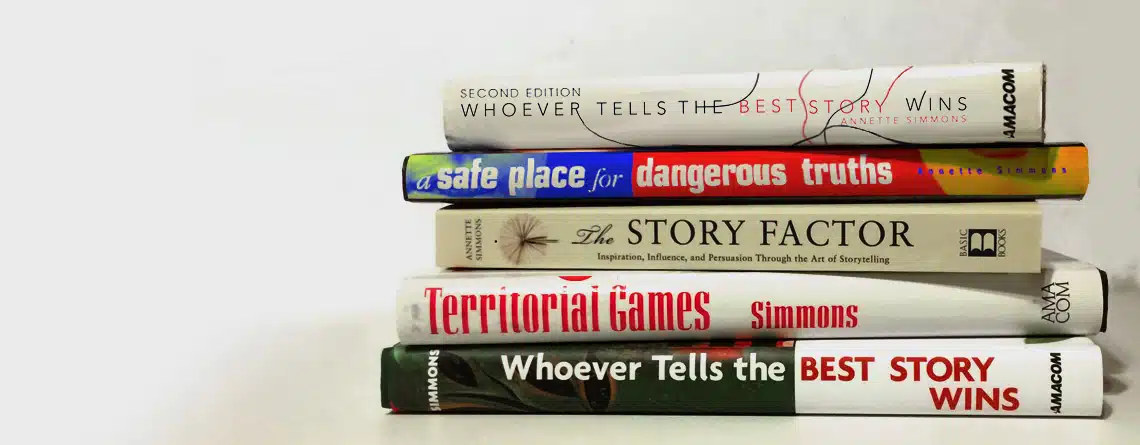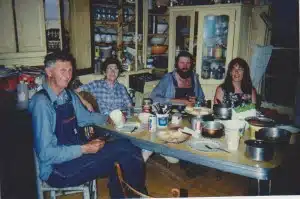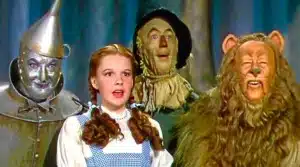Paradox: Root Cause of Polarization
According to Pew research, disdain between opposing political parties in America has doubled in the last 30 years, coincidentally the span of my own consulting business, Group Process Consulting. My efforts to document true stories about these escalating conflicts inadvertently produced a set of oral histories across the years: Territorial Games (1997), A Safe Place






